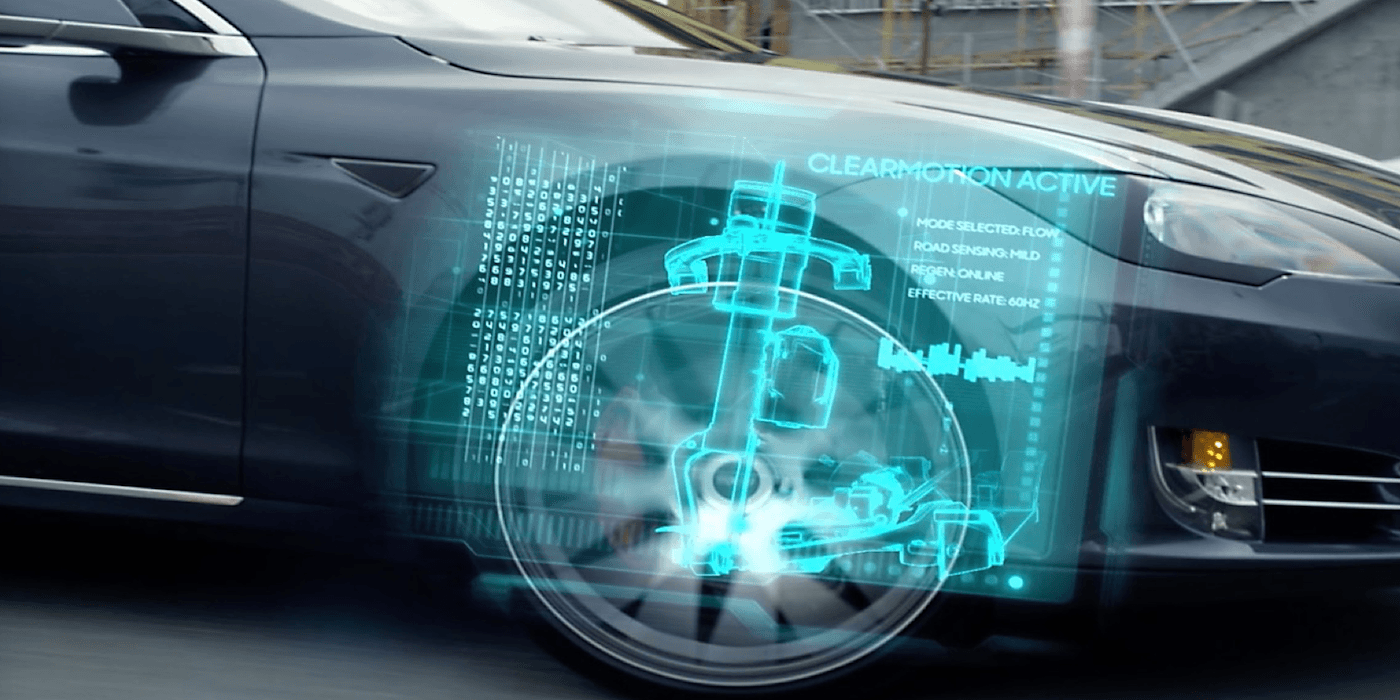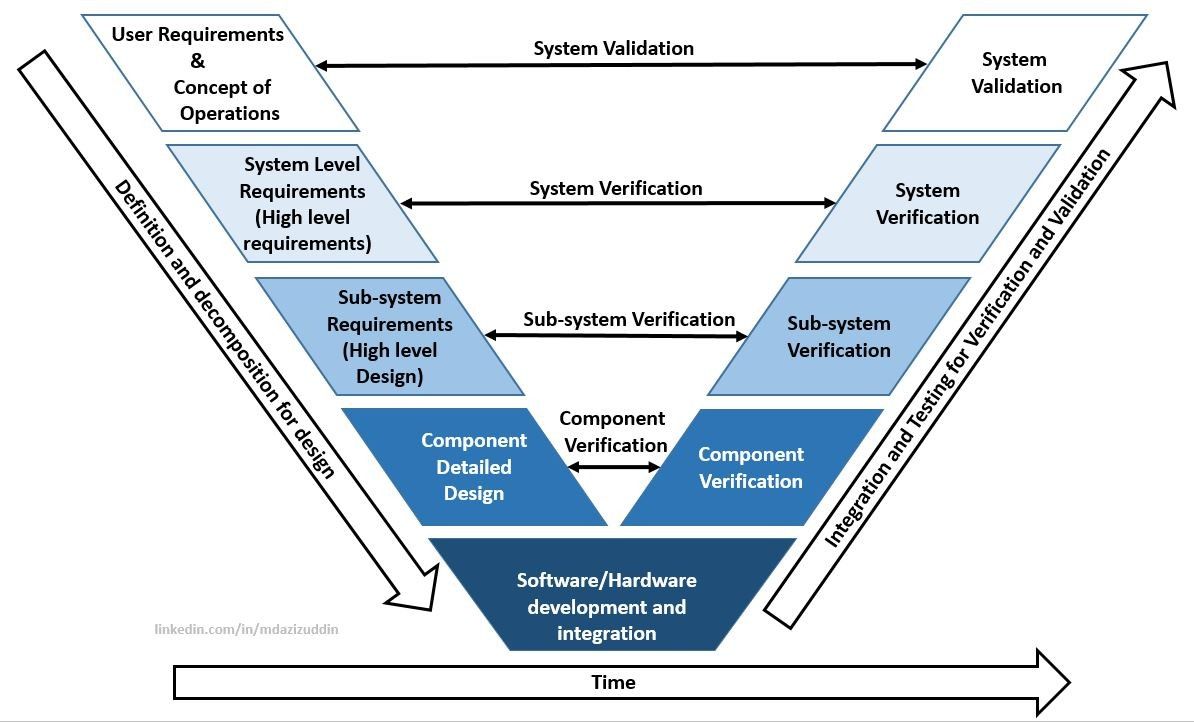ClearMotion
ClearMotion – Systems Engineering Internship
At a Glance
- Supported the Head of Systems Engineering in implementing the V-model development framework to unify cross-disciplinary automotive teams.
- Built Atlassian-based project tracking, ticketing, and requirements management tools to establish traceability across electrical, mechanical, and software domains.
- Created baseline documentation to accelerate development cycles while meeting stringent automotive standards.

________________________________________________________________
My Role
When I joined ClearMotion it was still a startup out of MIT. The company was in the midst of rapid growth—approaching 100 employees—and was scaling its active suspension technology for luxury vehicles. The system combined high-performance actuators, sensors, and control software to actively counteract bumps and body roll, delivering a smooth, controlled ride. This was a complex, safety-critical product involving electrical, mechanical, software, and compliance teams, all needing to work in sync.
I worked directly under the new Head of Systems Engineering, whose mission was to introduce the V-model development process to streamline coordination. In the automotive world, the V-model is a structured, traceable engineering framework:

- On the left side of the V, requirements are defined at progressively detailed levels—starting from high-level customer needs, through system specifications, to detailed component designs.
- On the right side, each stage has a corresponding integration and verification step, ensuring that every requirement is validated against the original objectives.
- The horizontal links across the V enforce traceability, so that every design decision and test can be tied back to a requirement, and vice-versa.
My work focused on making the V-model real inside the organization. This included:
- Designing Atlassian Jira/Confluence workflows for requirements tracking, linking each ticket to its associated verification activities.
- Creating requirements management baselines to capture the agreed-upon starting point for each design iteration.
Setting up project timelines and dashboards so engineering teams could see dependencies across disciplines and work toward common milestones. - Supporting systems architecture development to ensure the active suspension could adapt to different vehicle platforms while meeting ISO 26262 functional safety guidelines.
The result was a more unified development process where mechanical, electrical, and software engineers could work rapidly, yet with clear alignment and compliance readiness—a critical foundation for bringing a complex automotive technology to market.
Read More Here:
https://www.clearmotion.com/how-it-works
